Chinese Export Porcelain // Hand and Reference Books
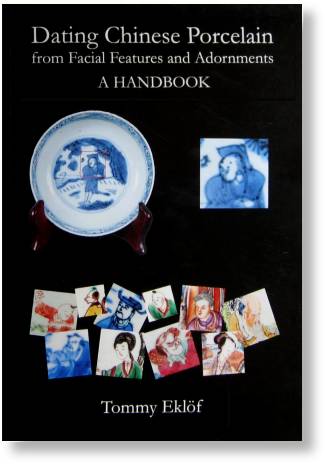
This book is the result of years of original research, following a new line of thought when it comes to Chinese porcelain decorations. The observation is a simple one, that in creating decorations that involves people, the artists would somehow be considering the fashion of the day in their depictions.
Even if the figures in the decorations were not contemporary, Tommy Eklöf felt that still, the mannerism used in the artists renderings would change over time and then still create a hereto overlooked way to date and authenticate Chinese porcelain – based on facial features and adornments.
After an original research that have taken several years and several thousands of objects – carefully dated by consensus among experts as well as by traditional means – this book now covers the period from the late Ming dynasty, throughout the Qing dynasty and the Republic Period, up to the present day.
While nothing can beat actually handling an object, this book is a shortcut to learning to see the details that the experts are looking at.
It is a must have for dealers appraisers and auction houses, as well as the collector, hoping to “beat the game” by knowing just that little more about what tells the copies from the originals.
While reading a book is always good, to be able to ask the author is better. Included in all purchases of this book regardless of from which reseller you buy your copy, is one month (30 days) free membership in the Gotheborg.com Discussion Board where the author is a senior member.

More information of the book can be found here http://dragonsface.se
Click here to buy the book via the Gotheborg.com Webshop
Paperback: 163 pages
1st edition 2013
Author: Tommy Eklöf
Language: English
ISBN-10: 9163733374
ISBN-13: 978-9163733376
Product Dimensions: 11.7 x 8.3 x 0.4 inches
Shipping Weight: 1.4 pounds

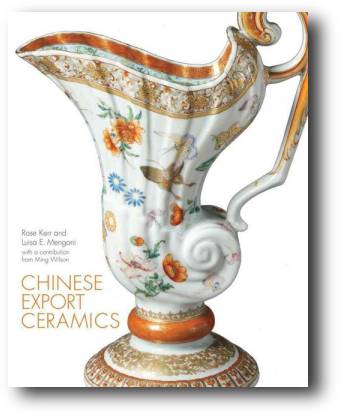
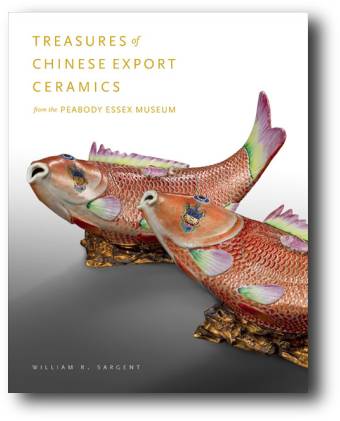
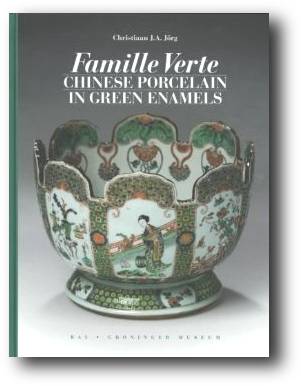
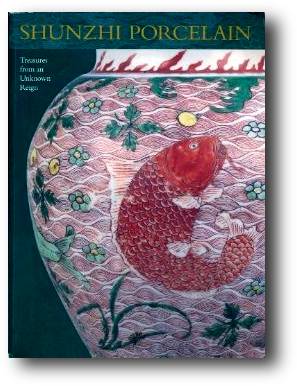
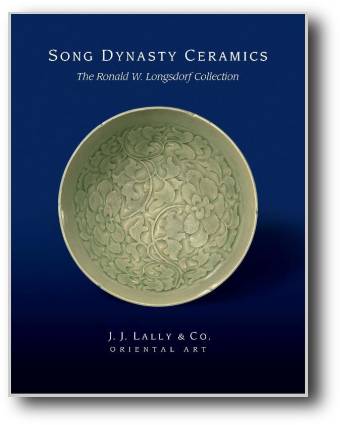
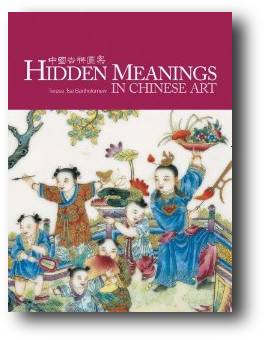 Hidden Meanings in Chinese Art,
Hidden Meanings in Chinese Art, 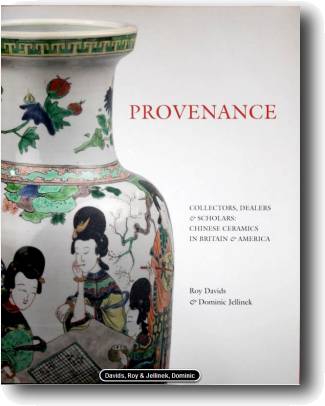
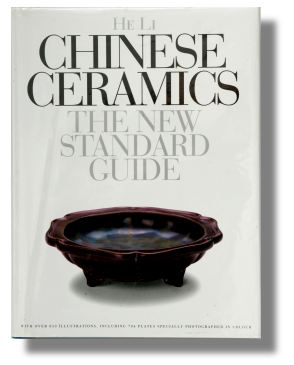 Chinese Ceramics: The New Standard Guide
Chinese Ceramics: The New Standard Guide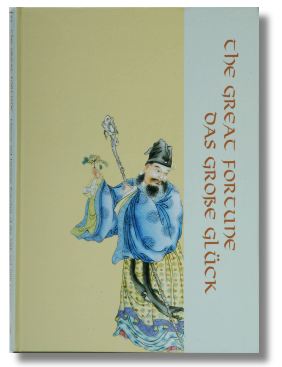 THE GREAT FORTUNE. Das Grosse Gluck, by Georg Weishaupt
THE GREAT FORTUNE. Das Grosse Gluck, by Georg Weishaupt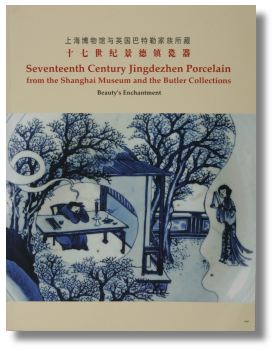 Beauty’s Enchantment, Seventeenth-century Jingdezhen Porcelain from the Shanghai Museum and the Butler Collection, by Sir Michael Butler and Prof. Wang Qingzheng.
Beauty’s Enchantment, Seventeenth-century Jingdezhen Porcelain from the Shanghai Museum and the Butler Collection, by Sir Michael Butler and Prof. Wang Qingzheng.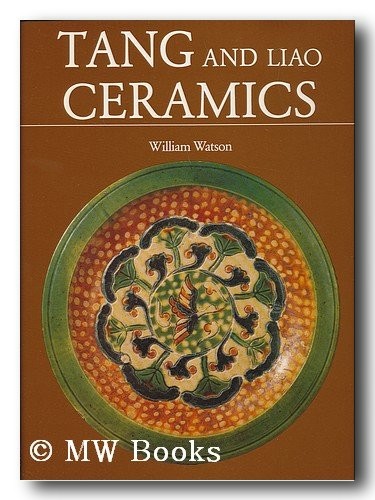 T’ang and Liao Ceramics, by William Watson
T’ang and Liao Ceramics, by William Watson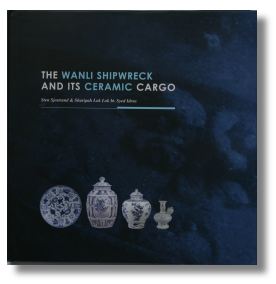
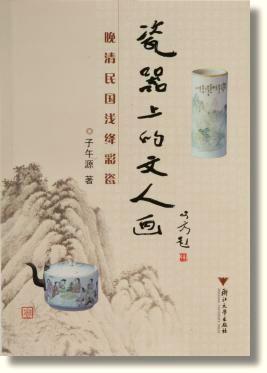 This small book offers splendid value for money to those looking for some illustration of late Qing dynasty literati paintings (Qianjiang) on porcelain.
This small book offers splendid value for money to those looking for some illustration of late Qing dynasty literati paintings (Qianjiang) on porcelain. 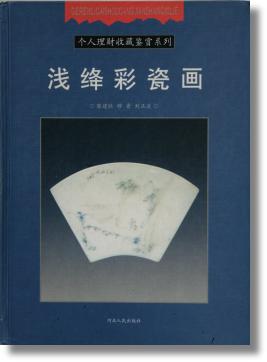 QIANJIANG CAICI HUA (Qianjiang Painted Porcelains) Geren Licai Shoucang Jianshang Xilie, by Chen Jianxin et al.
QIANJIANG CAICI HUA (Qianjiang Painted Porcelains) Geren Licai Shoucang Jianshang Xilie, by Chen Jianxin et al.
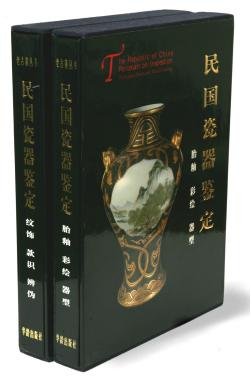
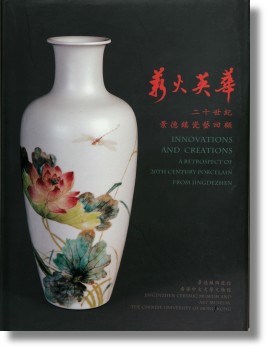 Catalog of an exhibition jointly presented by the Art Museum, The Chinese University of Hong Kong and the Jingdezhen Ceramic Museum which gives an overview of ceramic production in Jingdezhen in the last century.
Catalog of an exhibition jointly presented by the Art Museum, The Chinese University of Hong Kong and the Jingdezhen Ceramic Museum which gives an overview of ceramic production in Jingdezhen in the last century.
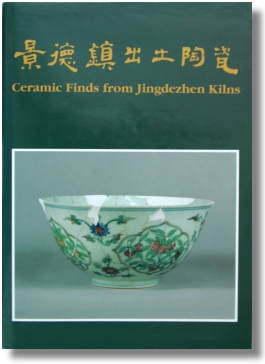 This massive hard bound book is the catalog of a joint exhibition, between the Jingdezhen Institute of Ceramic Archeology and the Fung Ping Shan Museum, the University of Hong Kong in 1992.
This massive hard bound book is the catalog of a joint exhibition, between the Jingdezhen Institute of Ceramic Archeology and the Fung Ping Shan Museum, the University of Hong Kong in 1992.
 A Legacy of Ming: Ceramic Finds from the Site of the Ming Palace in Nanjing
A Legacy of Ming: Ceramic Finds from the Site of the Ming Palace in Nanjing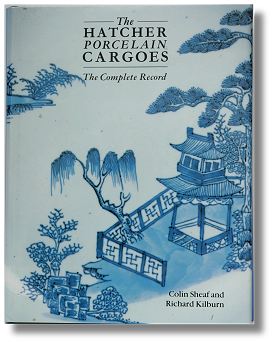 Sheaf, Colin & Kilburn, Richard, The Hatcher Porcelain Cargoes. The Complete Record.
Sheaf, Colin & Kilburn, Richard, The Hatcher Porcelain Cargoes. The Complete Record.
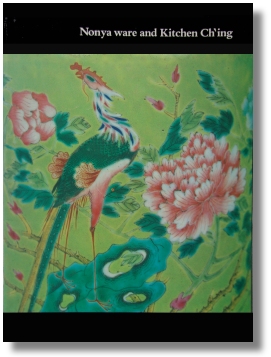 Nonya Ware and Kitchen Ching (South East Asia Ceramic Society)
Nonya Ware and Kitchen Ching (South East Asia Ceramic Society)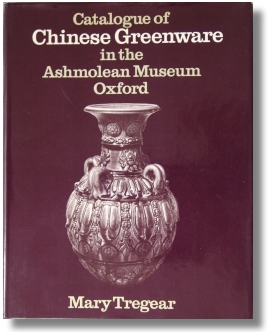
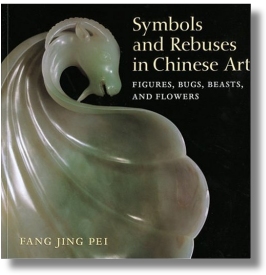
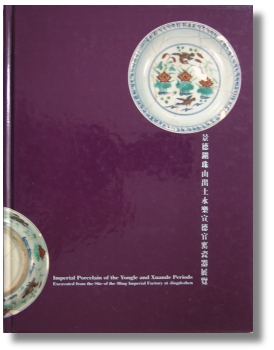
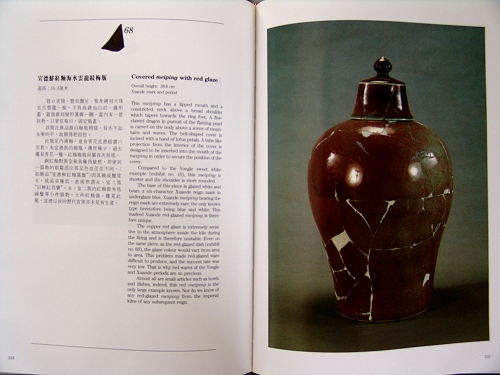
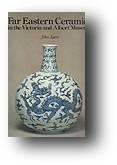
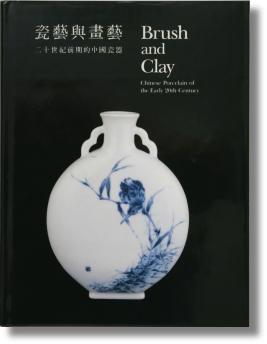 This is an exhibition catalog featuring 165 items from the Simon Kwan collection – ceramic plaques with landscape painting, birds and flower scenes, figurative painting. Vases and bowls with varied decoration.
This is an exhibition catalog featuring 165 items from the Simon Kwan collection – ceramic plaques with landscape painting, birds and flower scenes, figurative painting. Vases and bowls with varied decoration. 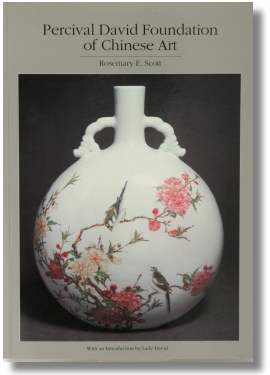
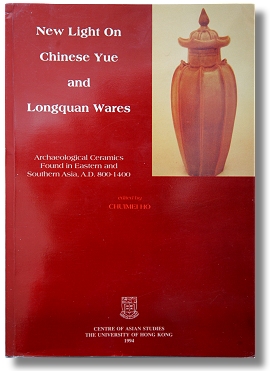 New Light on Chinese Yue and Longquan Wares: Archaeological Ceramics Found in Eastern and Southern Asia, A. D. 800-1400
New Light on Chinese Yue and Longquan Wares: Archaeological Ceramics Found in Eastern and Southern Asia, A. D. 800-1400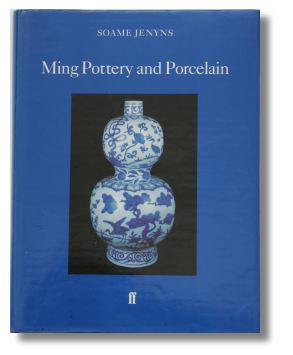 Ming Pottery and Porcelain
Ming Pottery and Porcelain